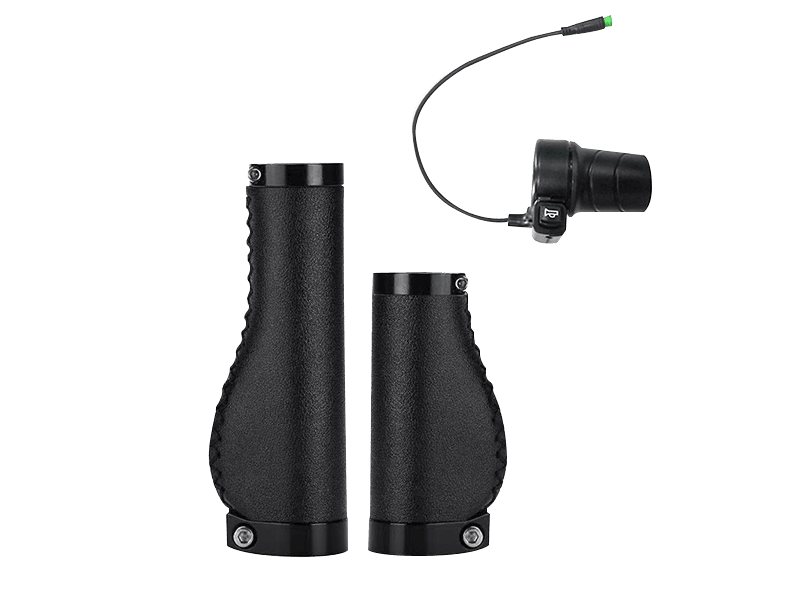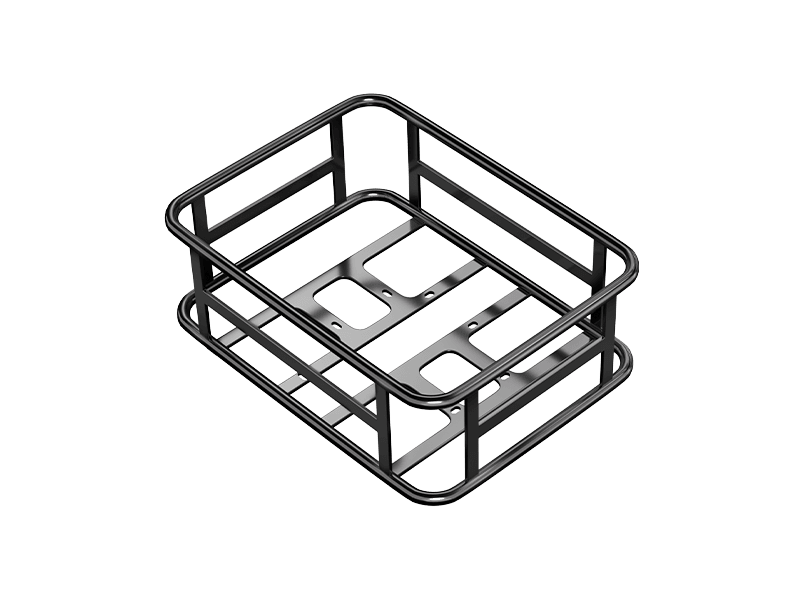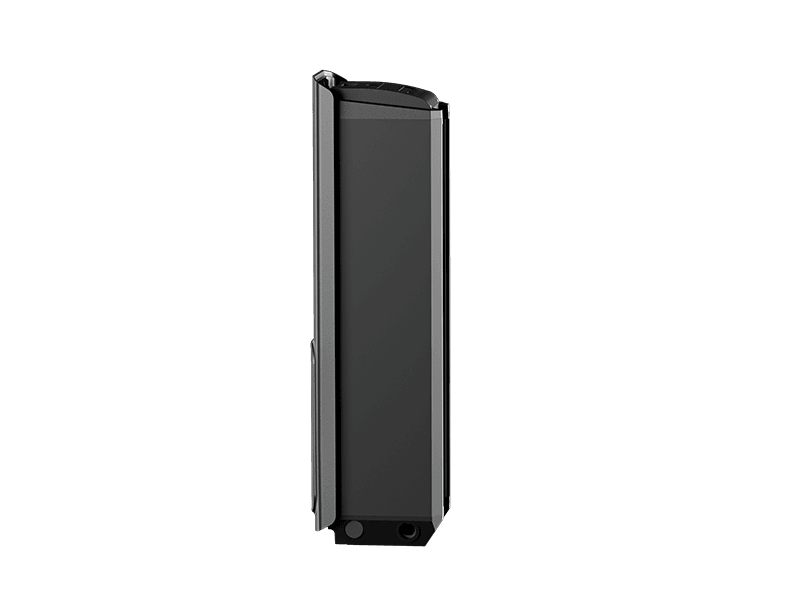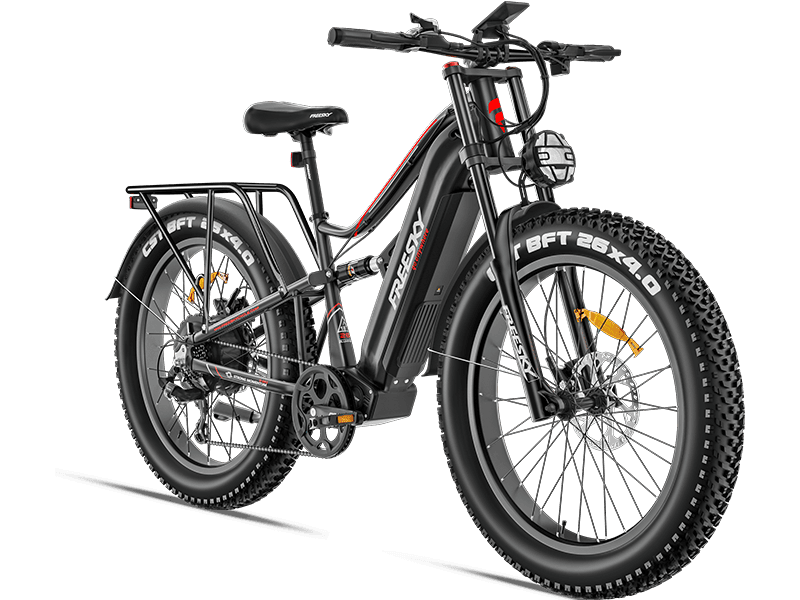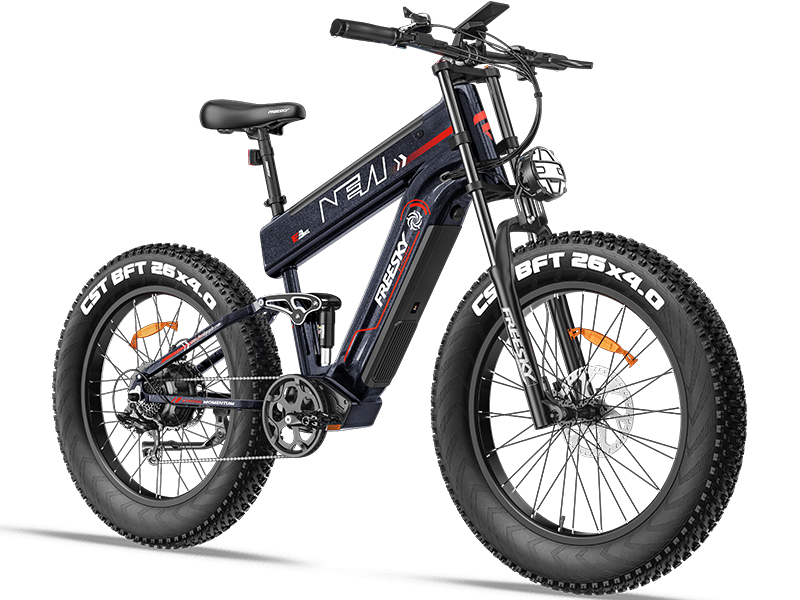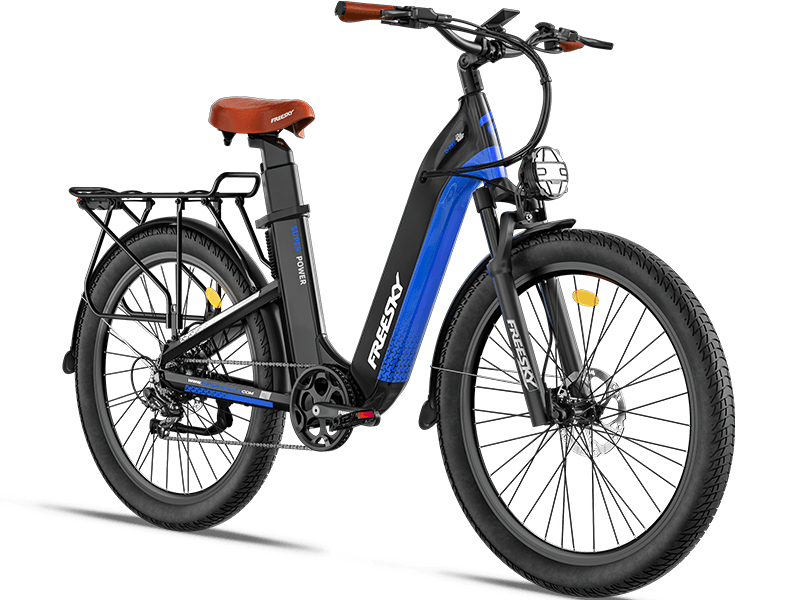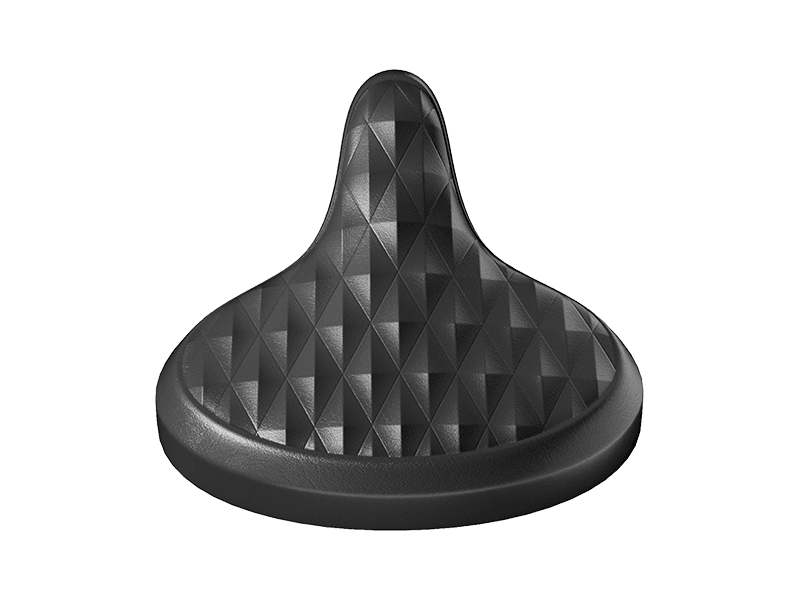Why People Like Electric Mountain Bikes?
APR 19, 2024
In recent years, the electric mountain bike has gained significant popularity among cyclists and outdoor enthusiasts, alike. Its unique blend of functionality, convenience, and environmental friendliness has made it a favorite choice for many. This article delves into the reasons why people are increasingly embracing the electric mountain bike.
Firstly, the electric mountain bike offers an unparalleled level of convenience. Unlike traditional mountain bikes, the electric variant comes equipped with a battery-powered motor that assists riders in overcoming hills, tough terrain, or simply in those moments when one feels a bit tired. This assistance not only makes the ride easier but also extends the range of riders, allowing them to explore further and for longer durations. The motorized assistance is especially beneficial for those who are new to mountain biking or those who have physical limitations that might prevent them from fully enjoying a traditional ride.
Moreover, the electric mountain bike provides a great deal of flexibility. Riders can choose to rely solely on the motor for assistance or use it sparingly, depending on their preferences and the terrain they are riding on. This flexibility allows riders to customize their experience, making it suitable for both casual rides in the park and more adventurous treks in the mountains.
Environmental sustainability is another key factor driving the popularity of electric mountain bikes. With the increasing awareness about the negative impact of fossil fuels on the environment, people are looking for more eco-friendly transportation options. Electric mountain bikes, powered by rechargeable batteries, emit no harmful gases and have a significantly lower carbon footprint compared to motorized vehicles. This makes them a great choice for those who want to enjoy the outdoors while also contributing to a healthier planet.
Furthermore, the electric mountain bike offers an excellent blend of fitness and fun. Although the motor assistance makes riding easier, it doesn’t negate the physical benefits of cycling. Riders still need to pedal, and the motor simply provides additional support when needed. This combination of physical activity and motorized assistance is appealing to many, as it allows them to enjoy the thrill of mountain biking without overexerting themselves.
The design and technology of electric mountain bikes have also evolved significantly in recent years, adding to their appeal. Modern electric mountain bikes are sleek, lightweight, and equipped with advanced features such as intelligent battery management systems, powerful motors, and ergonomic designs. These innovations not only improve the riding experience but also enhance the bike’s durability and performance.
Moreover, the electric mountain bike opens up new possibilities for riders. With the added power of the motor, riders can tackle trails and routes that might have been inaccessible on a traditional bike. This expanded range of possibilities encourages riders to push their boundaries and explore new horizons.
In addition, the electric mountain bike is a great choice for commuters. In urban areas, where traffic congestion and pollution are common issues, the electric mountain bike offers a practical and environmentally friendly alternative to motorized vehicles. Riders can easily navigate through traffic, avoid congestion, and arrive at their destinations without adding to the pollution levels.
Finally, the electric mountain bike fosters a sense of community and camaraderie among riders. Many riders find that electric mountain biking is a great way to connect with others who share their passion for the outdoors and adventure. Riding together, sharing experiences, and supporting each other creates a strong bond among riders, leading to a more enjoyable and fulfilling experience.
In conclusion, the electric mountain bike has become increasingly popular due to its convenience, flexibility, environmental friendliness, fitness benefits, advanced design and technology, expanded riding possibilities, practicality for commuting, and fostering a sense of community. Whether you are a beginner, a seasoned rider, or someone who wants to explore new ways to enjoy the outdoors, the electric mountain bike offers an exciting and rewarding experience that is sure to leave a lasting impression.


